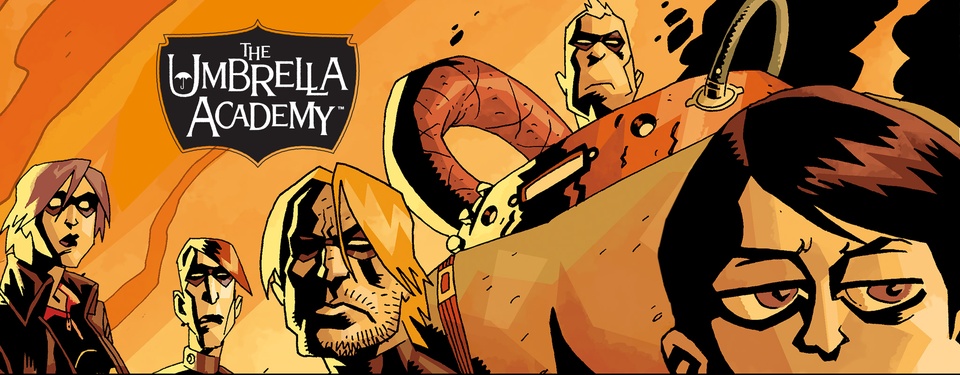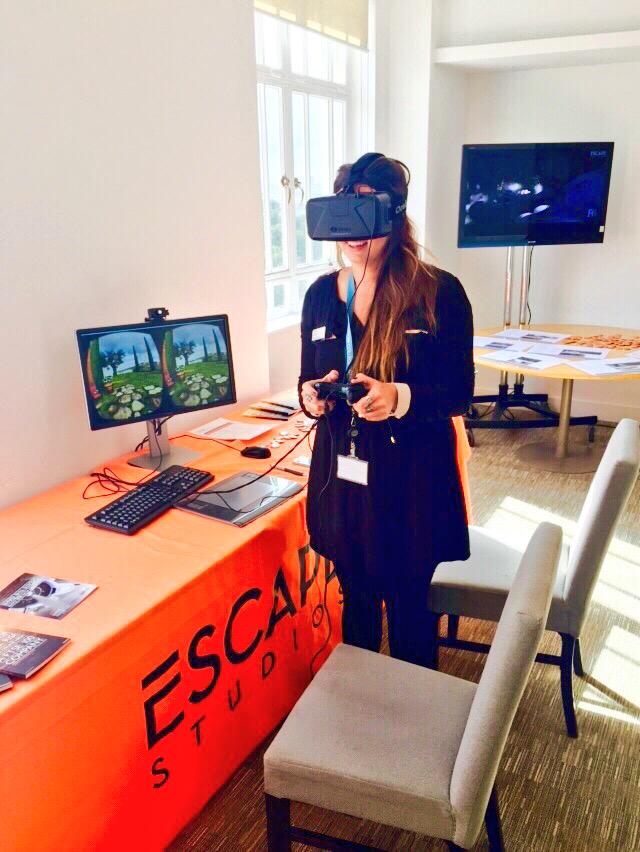Is it really four years since I added a post here? I find it hard to believe that, but it’s certainly true to say that there have been a busy few years in-between posts.
Since my last post, we’ve launched an undergraduate degree programme, had our first batch of graduates, and seen a whole bunch of Star Wars universe films that I’ve not even commented on.
To say I’m proud of that first batch of UG Escapees would be a massive understatement. I can’t claim a great deal of credit for what they achieved as I merely stood back and tried not to get in the way. I knew it would all work out as they were talented, passionate and in the hands of some expert tutors, but there were some bumps along the road that’s for sure. How could there not be when not only was this a new degree programme, but it was like no other degree programme in the UK? But the most important part is that they all grew massively during their time with us. And so the students will become masters. Job done.
But back to now, and there is the whole COVID-19 pandemic, which is scary stuff, especially for anyone who has watched the Walking Dead (or even more scarily, read the comics). Why are people watching stuff like Contagion and playing Pandemic? Is it not a bit too real at the moment?
Talking of comics (or if you want to try and sound more grown up, ‘graphic novels’), they seem to be the inspiration for most interesting new media these days. Let’s set aside the plethora of Marvel and DC media being churned out (much as I love it), and let’s look either side of the crowded dual carriageway to the side roads of Locke and Key (good fun), Umbrella Academy (brilliant, although I may have been influenced by my Dark Horse trainers) and October Faction (not the finest TBH). I may be biased, but there’s more originality there than in your mainstream costume drama or soap opera.

But I digress. I have really been inspired to wake this dead blog by the recent unprecedented events that have led to us all at the very least been semi-imprisoned in our homes and at the worst losing someone close to us. We are all living in a crazy world that is part post-apocalyptic hell in which within in days Mad Max will be hunting us down for that last gallon of diesel (let’s face it, he won’t find any petrol for that Chrysler V8) and part a very British slide into anarchy in which Boris politely expires and hands the country over to Dominic Cummings and his pack of rabid attack dogs. I think Bowie predicted it all nicely.
But in these times I have been inspired. Inspired by how quickly people have adapted. Inspired by the dedication on key workers putting themselves and their families at risk by continuing to keep essential services running. And inspired by my friends and colleagues who have changed to the new world in which a hug and shake of the hands has been replaced by an emoji and a video-concerned smile.
What’s also been interesting is the speed that our students have adapted to the new normal of online comms. It should be no surprise that a generation already living in the always-connected, on-demand world of Discord and Twitch have adapted with relative ease to this enforced physical isolation, even though I know they are voracious social animals that joined us because of our high numbers of contact hours in a studio environment. I’m adapting more slowly to existing more online than in real life, now I’m watching highly paid football players playing FIFA 20 and beautifully edited Gran Turismo battles in place of live sport. I know many of you knew it all already, but sport is dead, long live eSports.

And on that note, I’ll sign off, looking forward to another day of video conferences, messenger chats and phone calls whilst trying to school two young children. I think I needed to write something longer than the usual chat message or email to prove that I could still string together a few ideas coherent piece. Nobody will read it, but I feel better for it. Let’s see if it’s four years before the next instalment. Au revoir.




